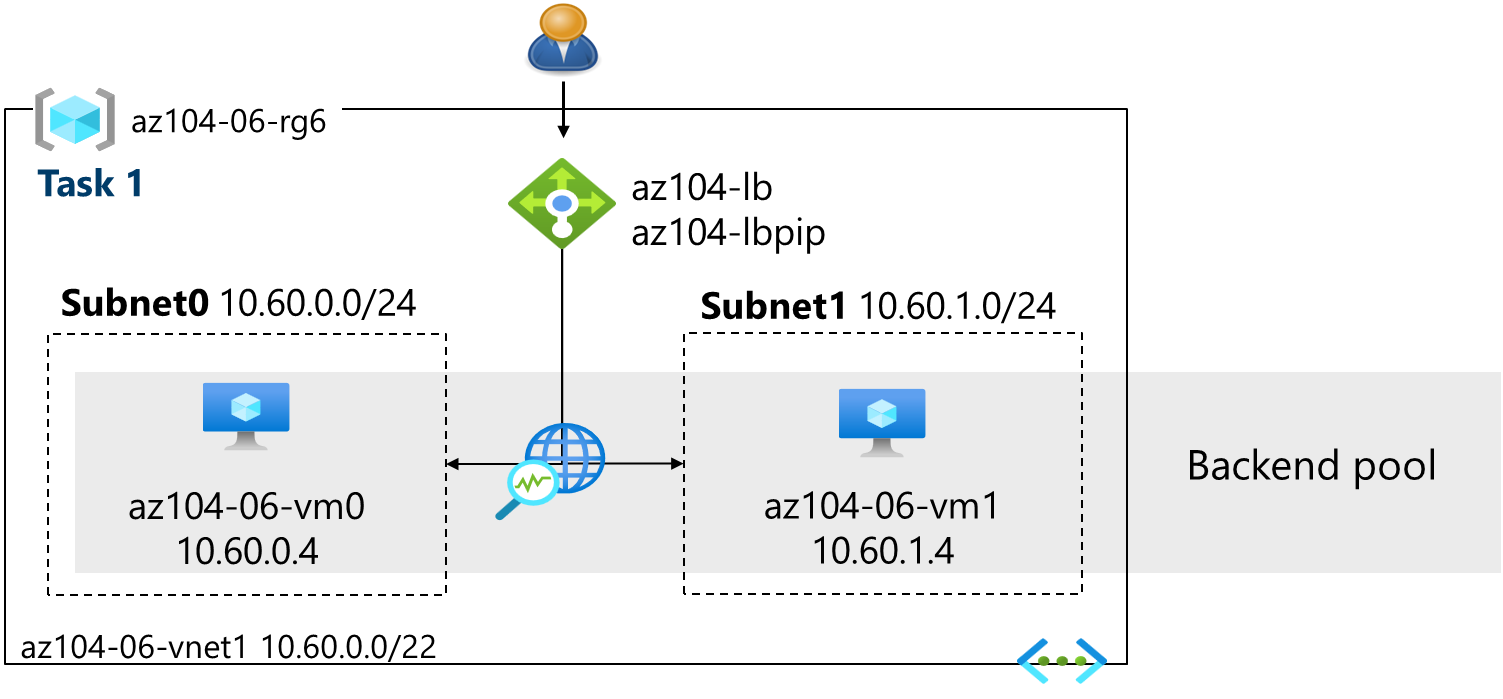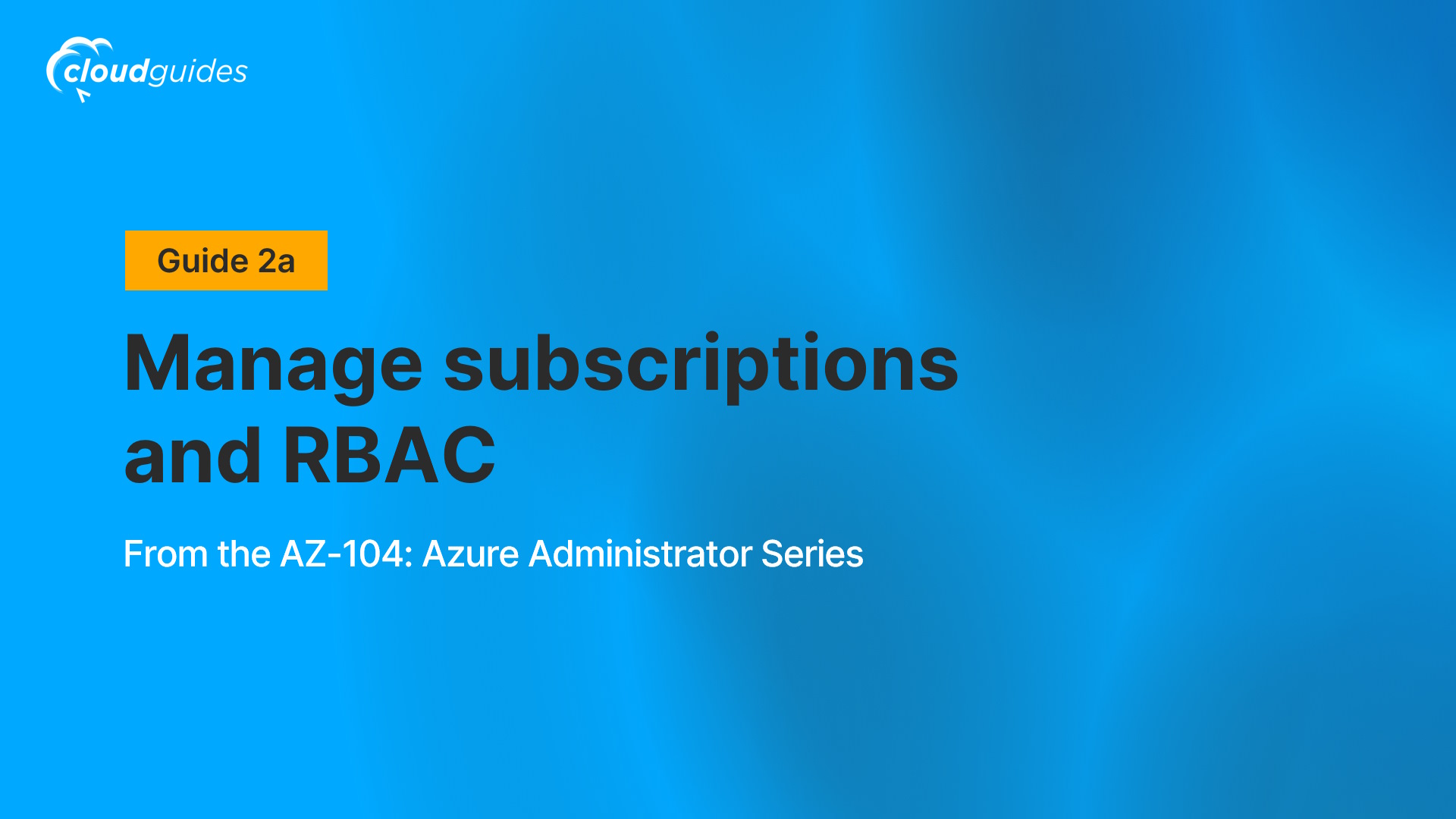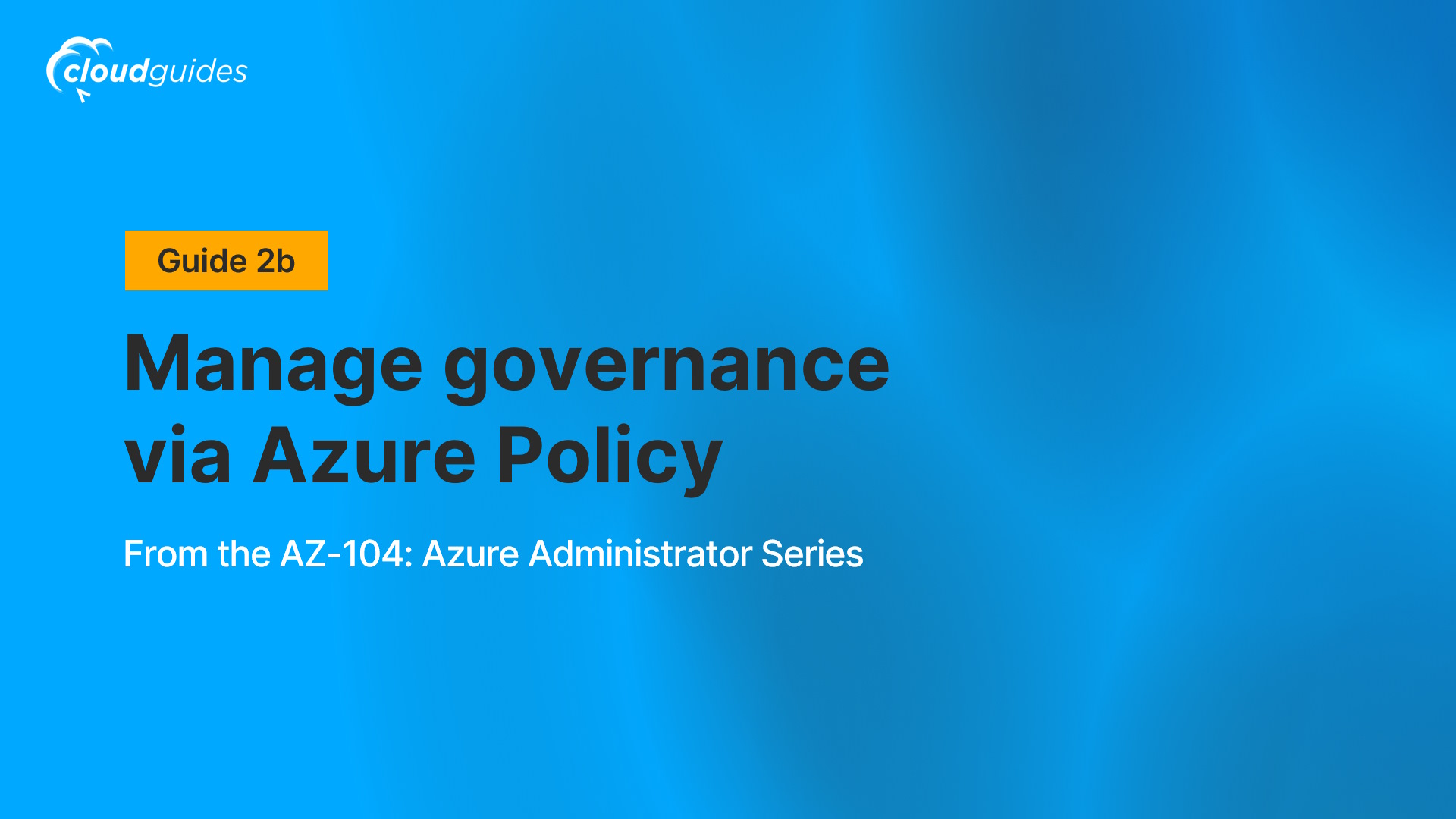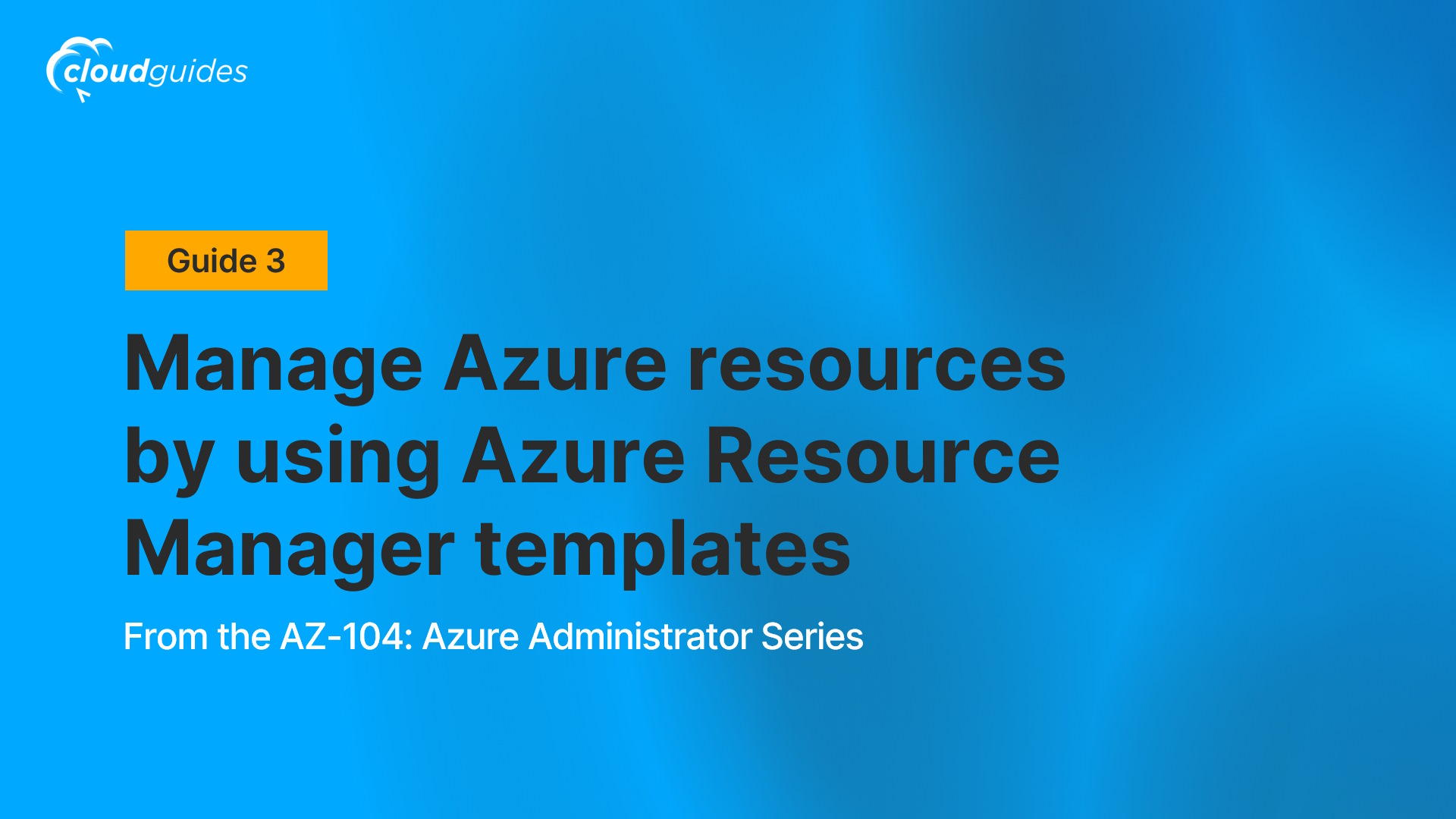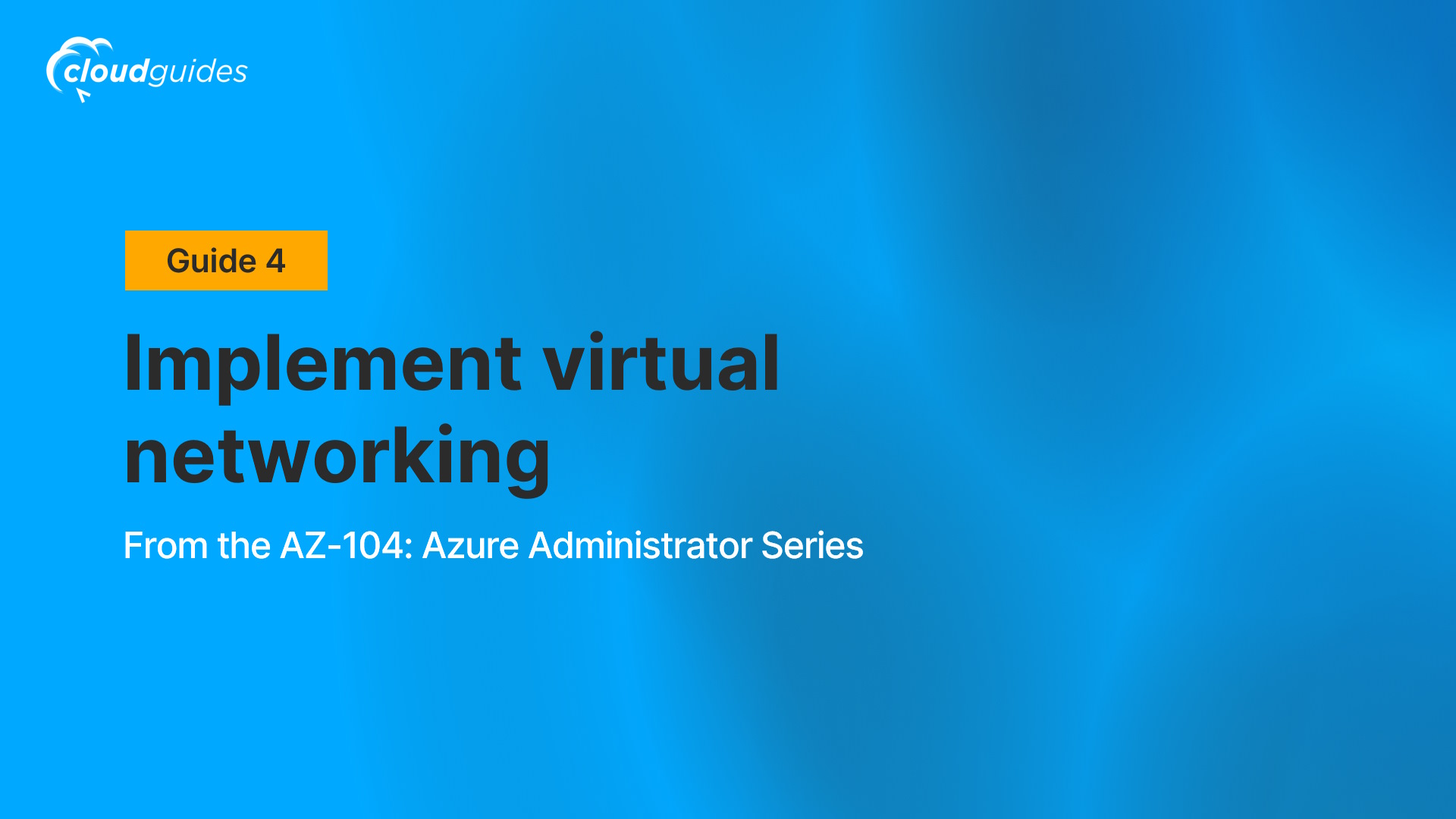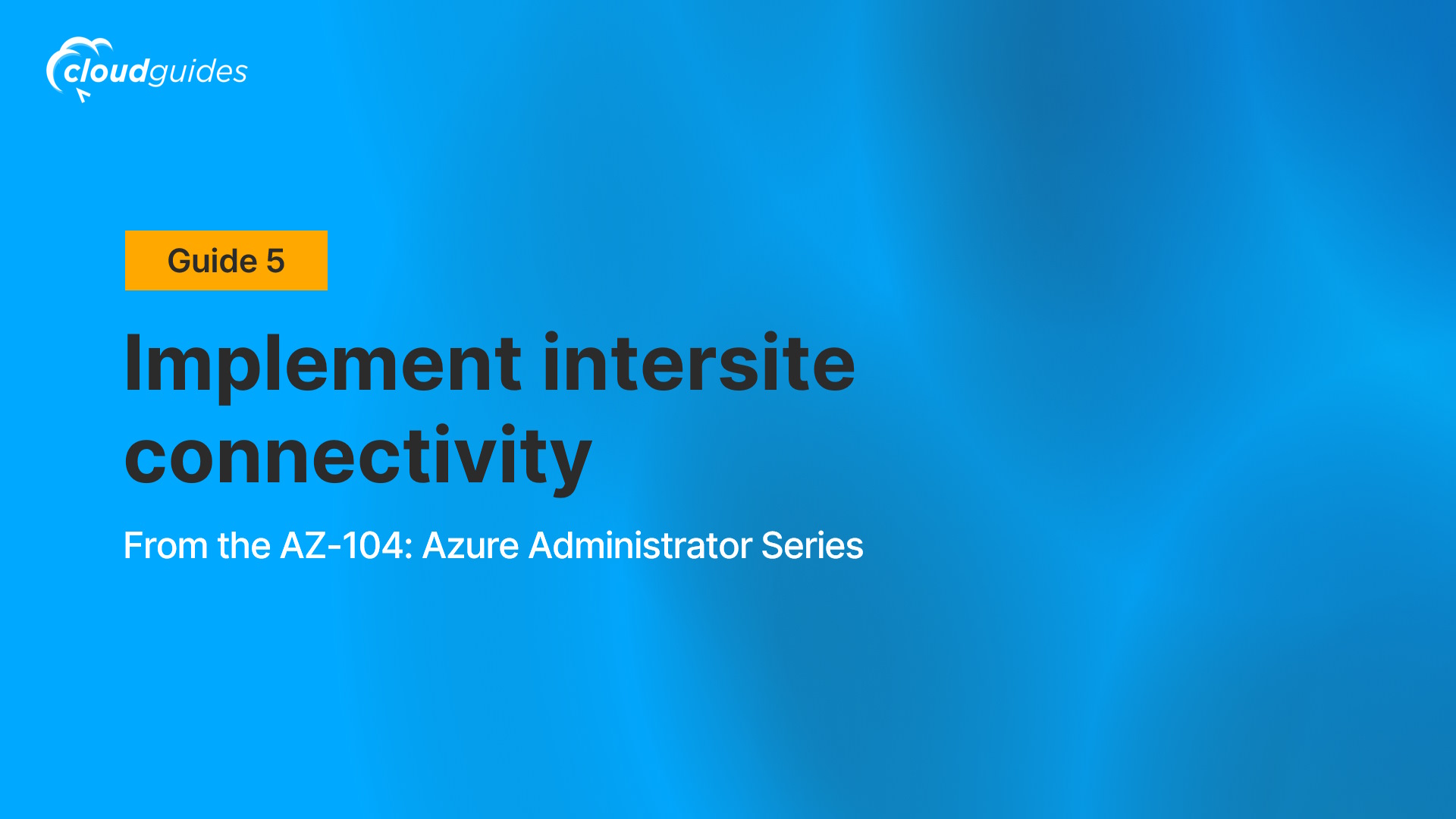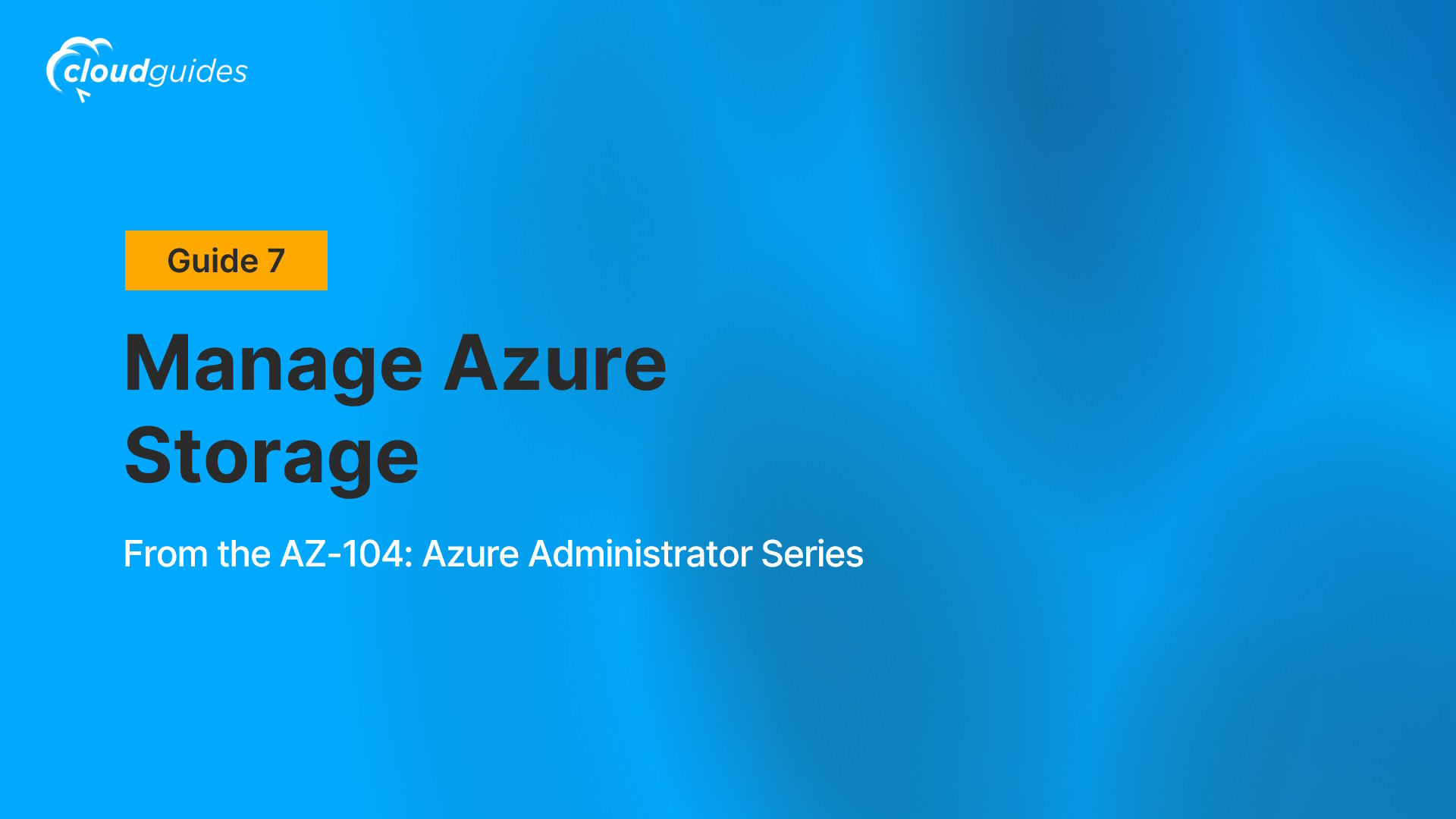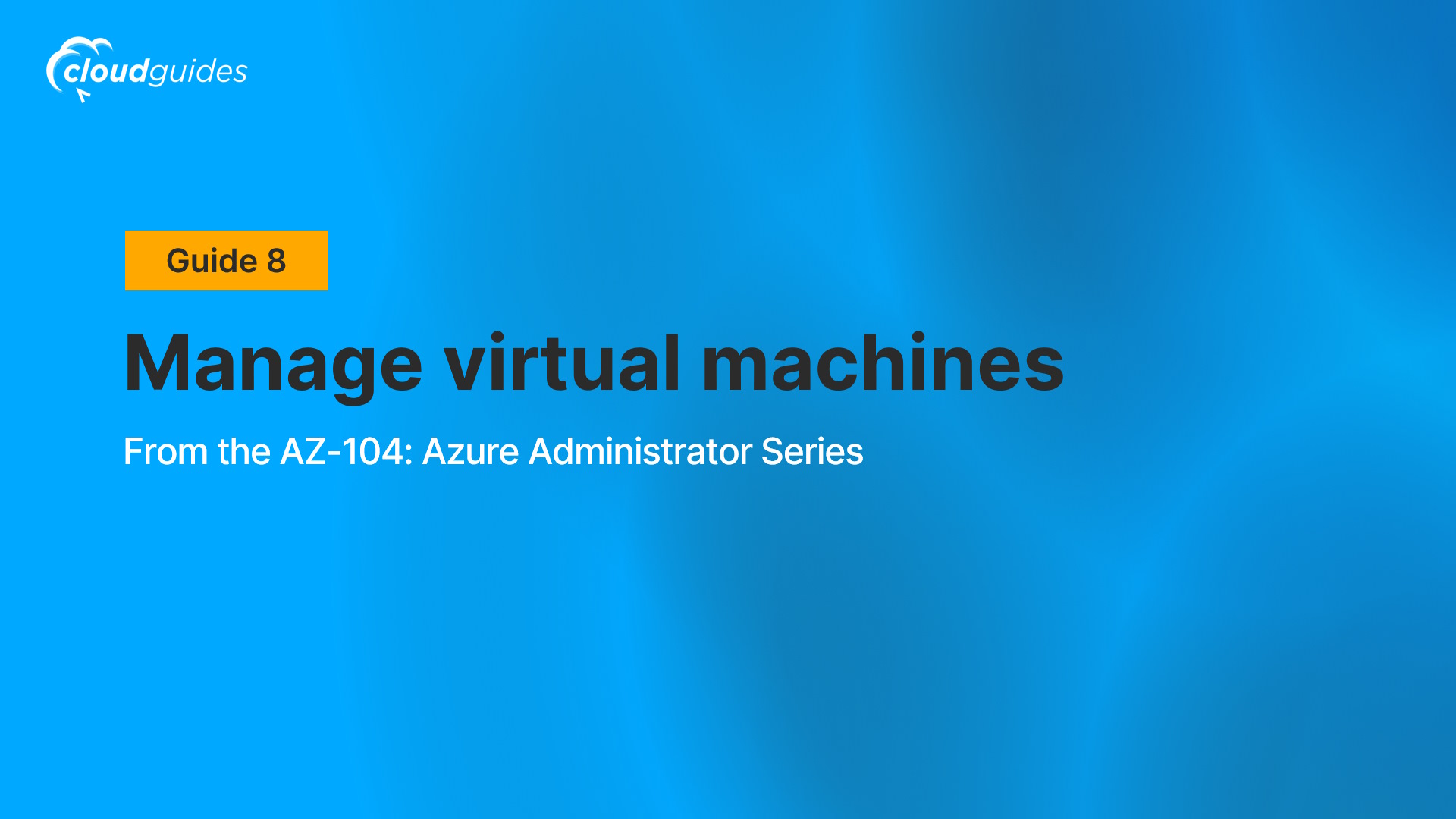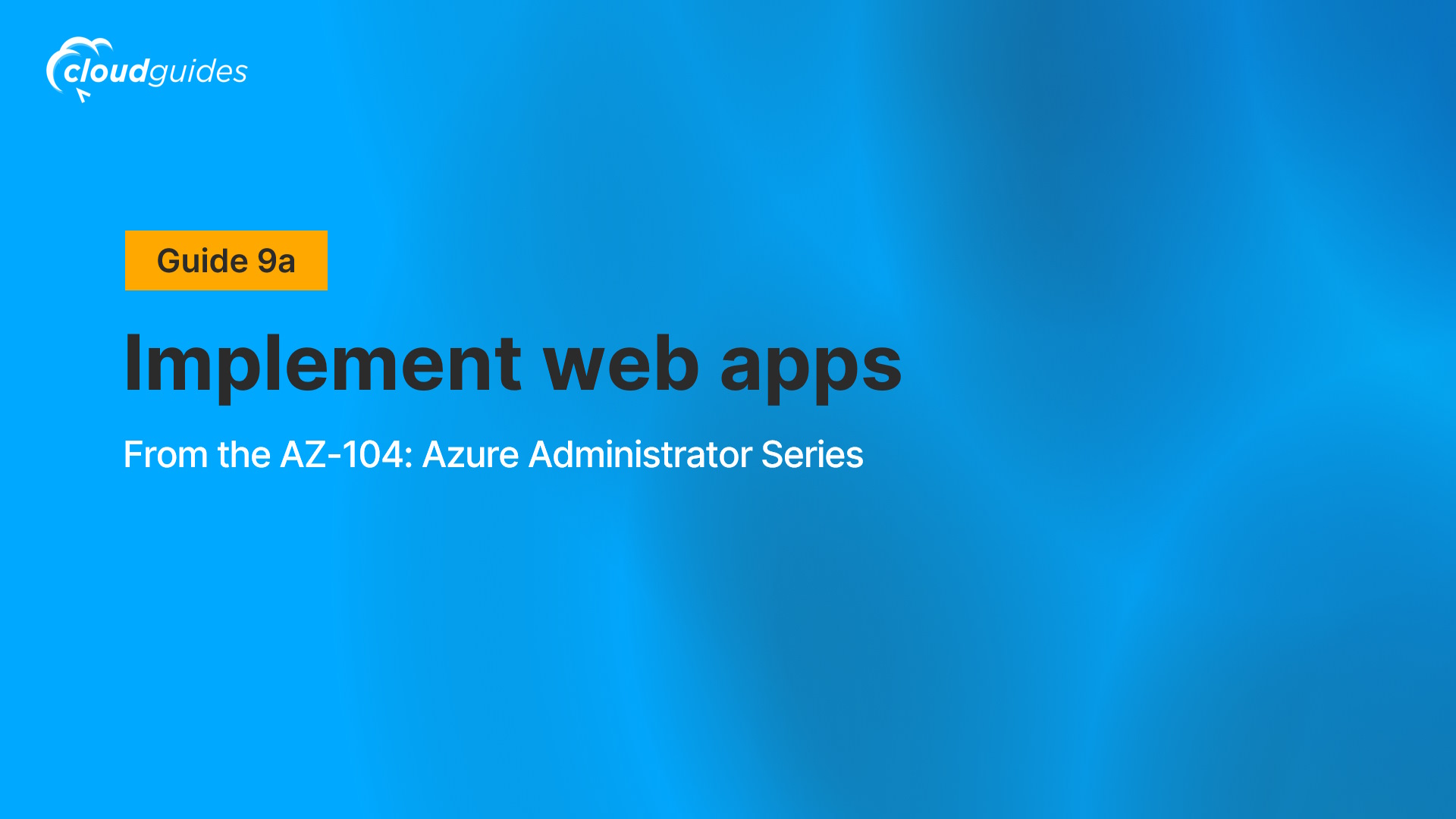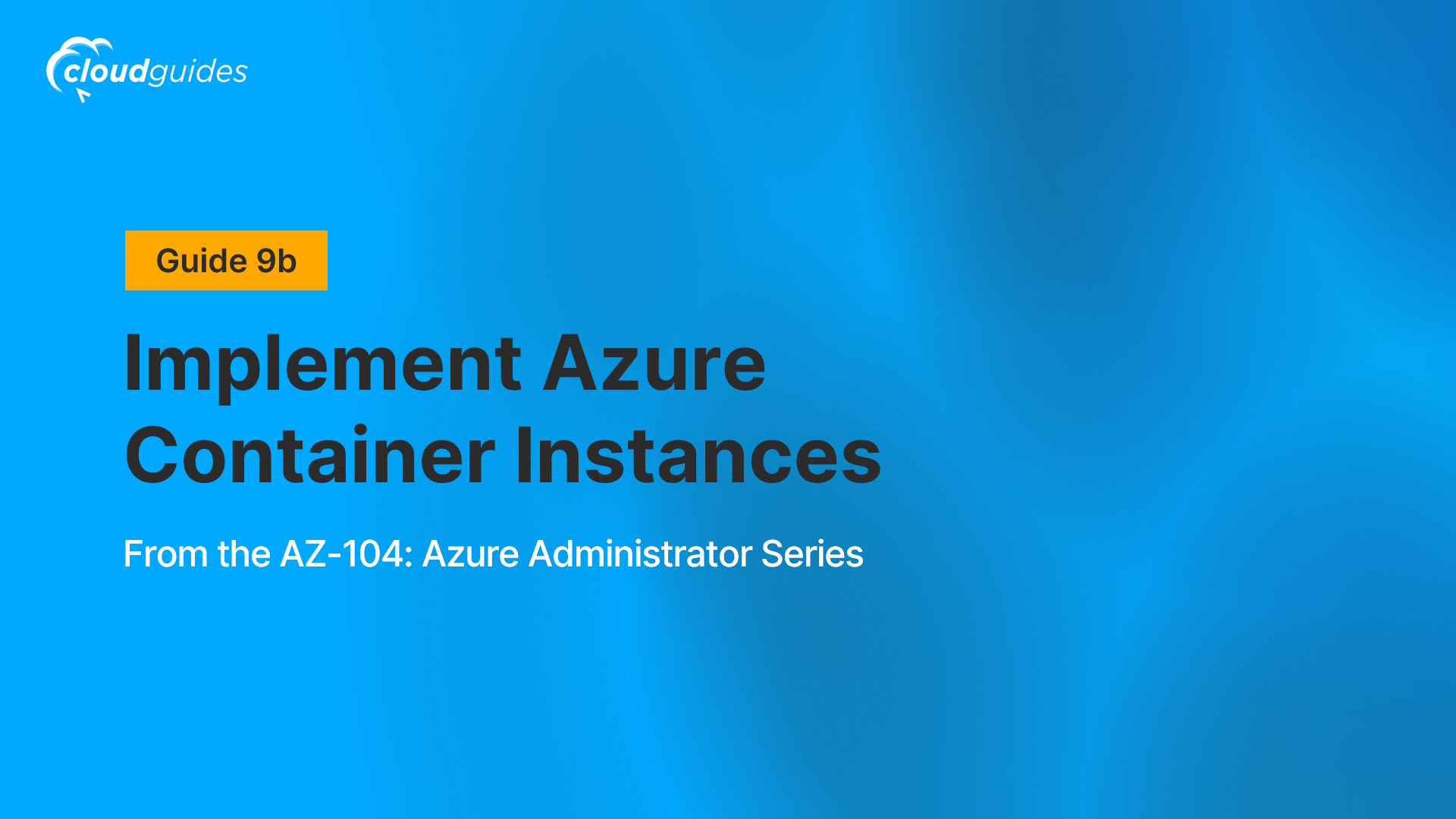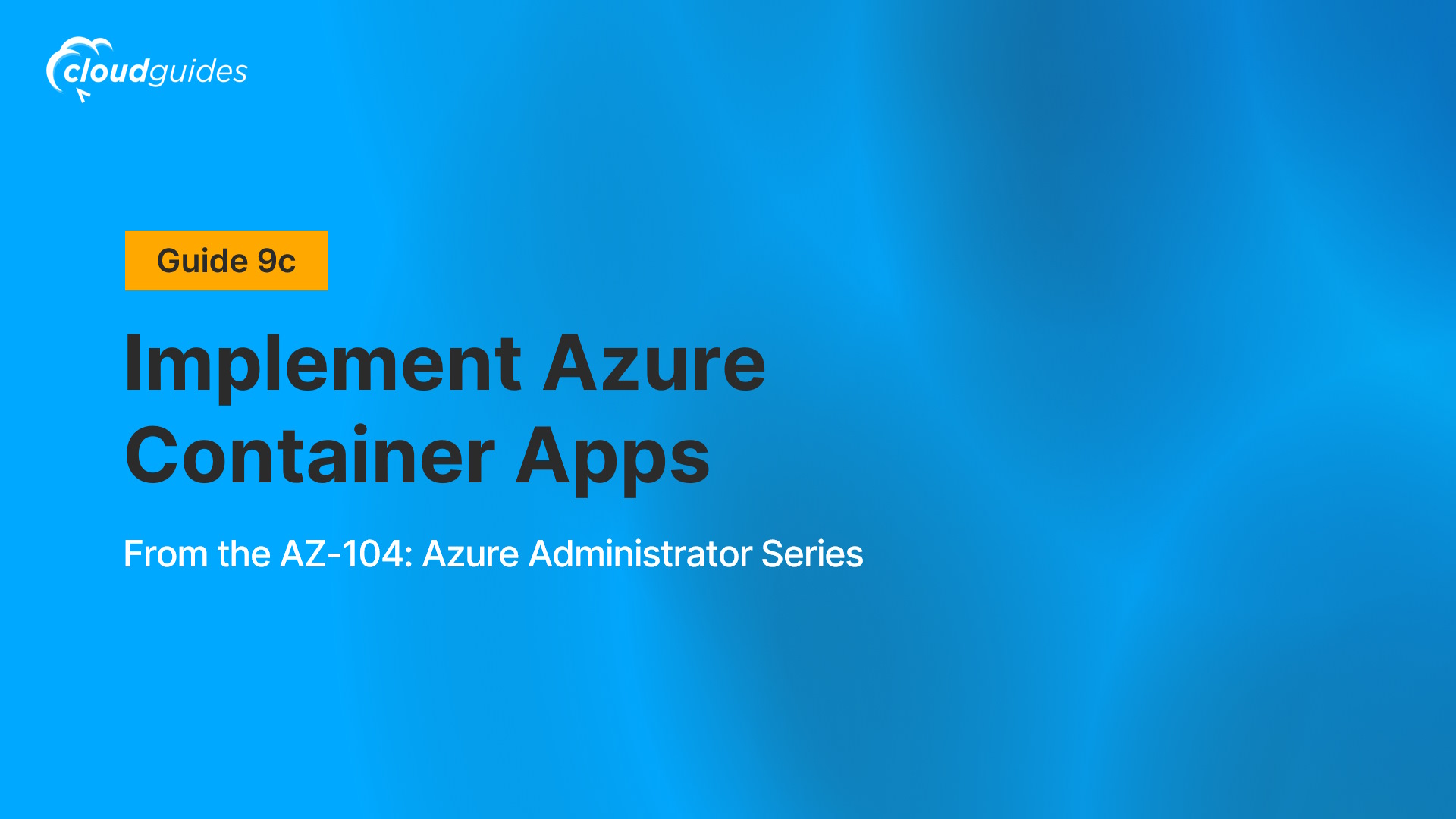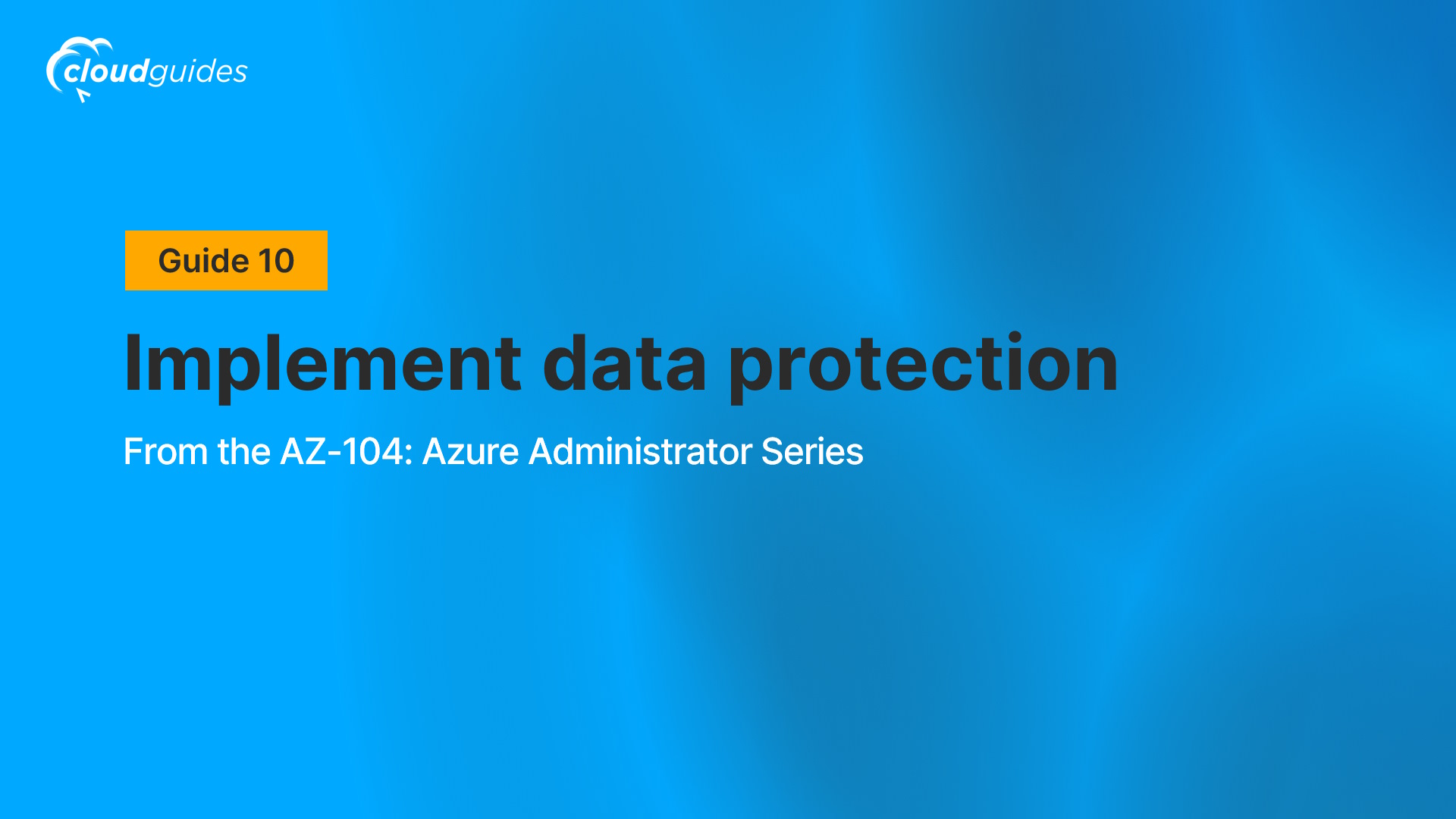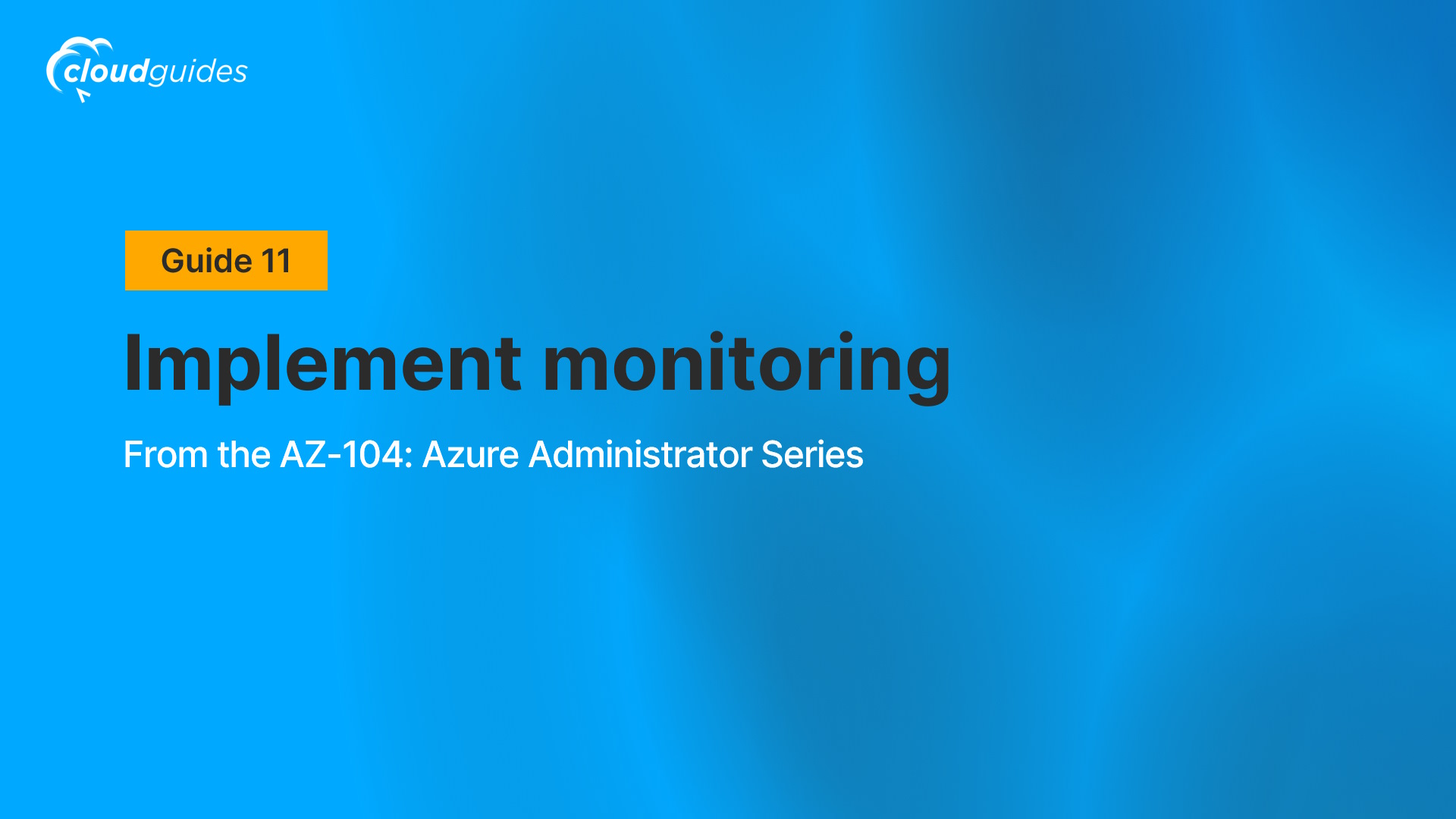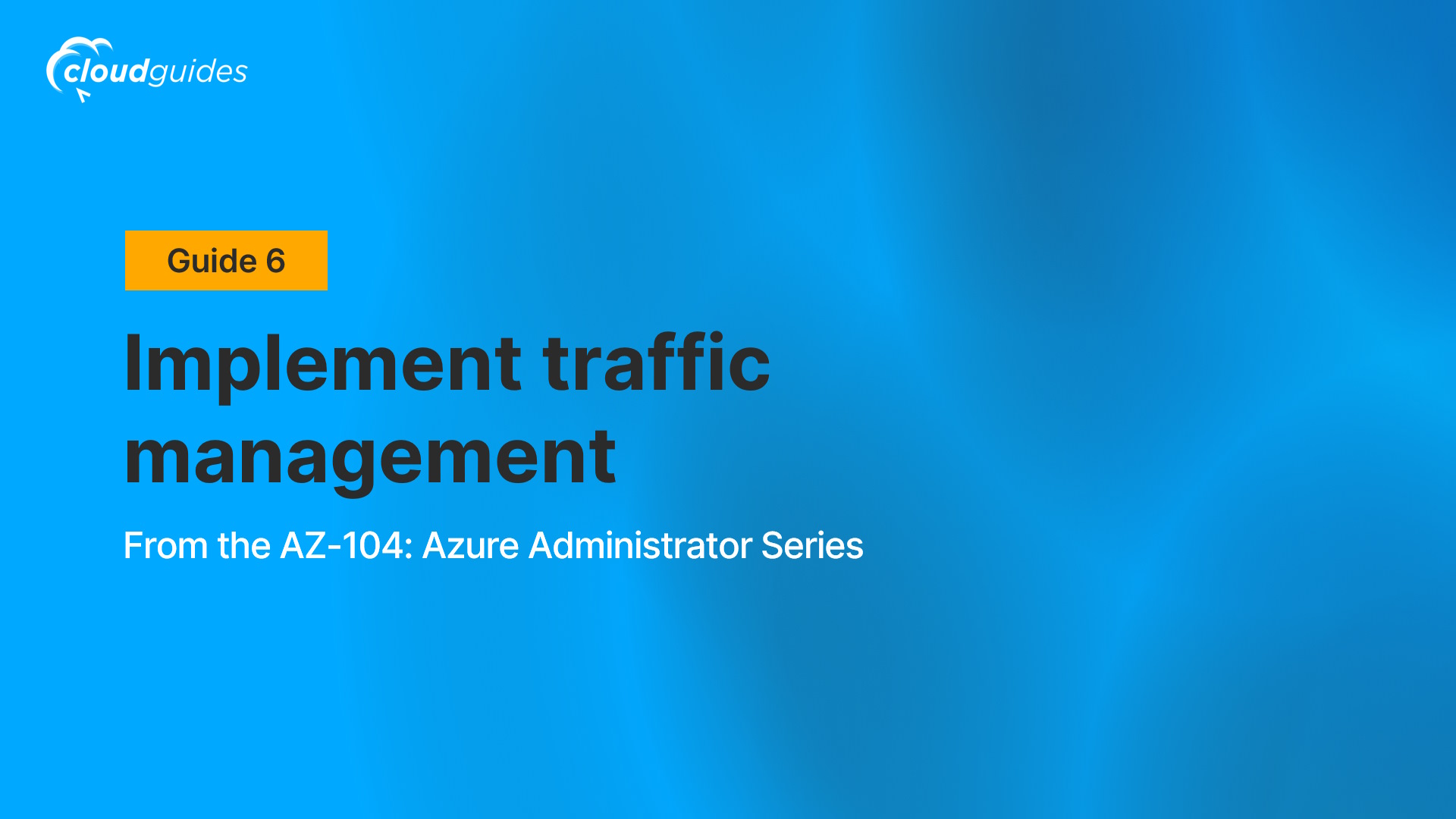
Implement traffic management
About this guide
Scenario
Your organization has a public website. You need to load balance incoming public requests across different virtual machines. You also need to provide images and videos from different virtual machines. You plan on implementing an Azure Load Balancer and an Azure Application Gateway. All resources are in the same region.
Job Skills
Task 1: Use a template to provision an infrastructure
Task 2: Configure an Azure Load Balancer
Task 3: Configure an Azure Application Gateway
As organizations around the world migrate solutions to the cloud, the ability to implement, manage, and monitor cloud-based solutions is highly valued in numerous industries.
Architecture Diagrams
Key Takeaways:
- Azure Load Balancer is an excellent choice for distributing network traffic across multiple virtual machines at the transport layer (OSI layer 4 - TCP and UDP).
- Public Load Balancers are used to load balance internet traffic to your VMs. An internal (or private) load balancer is used where private IPs are needed at the frontend only.
- The Basic load balancer is for small-scale applications that don’t need high availability or redundancy. The Standard load balancer is for high performance and ultra-low latency.
- Azure Application Gateway is a web traffic (OSI layer 7) load balancer that enables you to manage traffic to your web applications.
- The Application Gateway Standard tier offers all the L7 functionality, including load balancing, The WAF tier adds a firewall to check for malicious traffic.
- An Application Gateway can make routing decisions based on additional attributes of an HTTP request, for example URI path or host headers.
Career Connections
With the increasing demand for expertise in cloud-based administration, professionals with the skills from this series can pursue job prospects in roles such as Azure Administrator, Cloud Engineer, Systems Administrator (Cloud Focus), DevOps Engineer, and Cloud Support Engineer.
As of 2025, average cloud-related salaries in the United States range from $68,215 for entry-level Azure Administrators to $130,000 for mid-career DevOps Engineers, with Cloud Engineers, Systems Administrators, and Cloud Support Engineers earning competitive pay based on experience and role demands. Please note that these figures are approximate, derived from online sources, and can vary based on factors such as location, industry, and company size.
